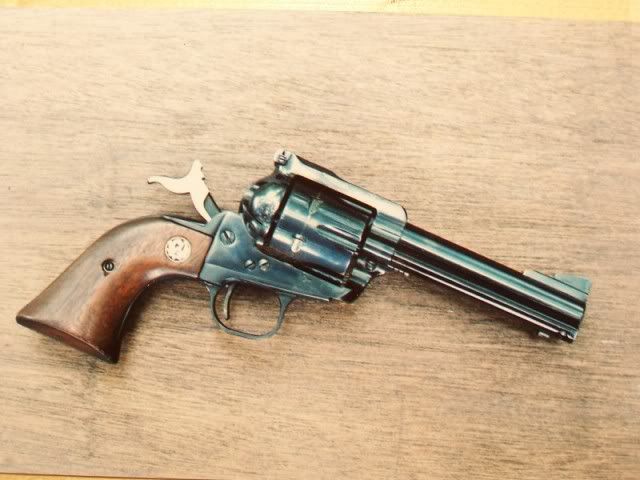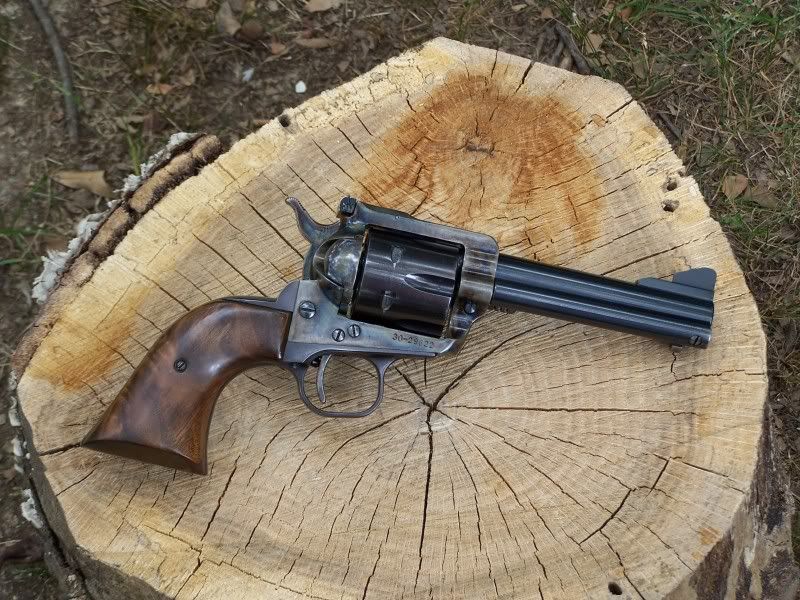Old Model meaning made between 1959 and 1973 with conventional single action lockwork.
I just want to point out that the
Super Blackhawk (.44Mag, non fluted cylinder, steel ejection rod housing, new hammer and trigger, and the Dragoon style grip frame was not on the market all that long before Ruger changed the lockwork in 73.
Ruger had produced a Blackhawk in .44 Magnum prior to the introduction of the Super Blackhawk, so your Super isn't a 1950's gun. I don't recall the actual production date, but I think it was either very late 60s or early 70s.
Ruger experts, feel free to correct me on this...
I have never personally had a converted old model. I have had an old model Blackhawk, and several new models. According to what I have read, people generally agree that the trigger pull on the converted guns is worse than on the originals, and worse than that on the New Models, as well.
Which is why people put the original parts back in converted guns.





